Bringing a new baby or pet into your home is an exciting event, but for your feline friend, it can be a time of anxiety and confusion. Cats are creatures of habit, and changes to their environment can trigger stress. If you’re a cat owner preparing to welcome a new addition, it’s essential to understand how to help your cat adjust. Here’s a comprehensive guide filled with practical tips and advice on how to ease your cat through this transition.
Understanding Your Cat’s Perspective

Cats are territorial animals, meaning they view your home as their domain. The arrival of a new baby or pet can feel like an invasion to them. It’s crucial to empathize with your cat’s feelings during this time. Imagine someone suddenly rearranging your office space without notice; unsettling, right? Recognizing your cat’s need for stability can help you approach the situation with patience and care.
Preparing in Advance
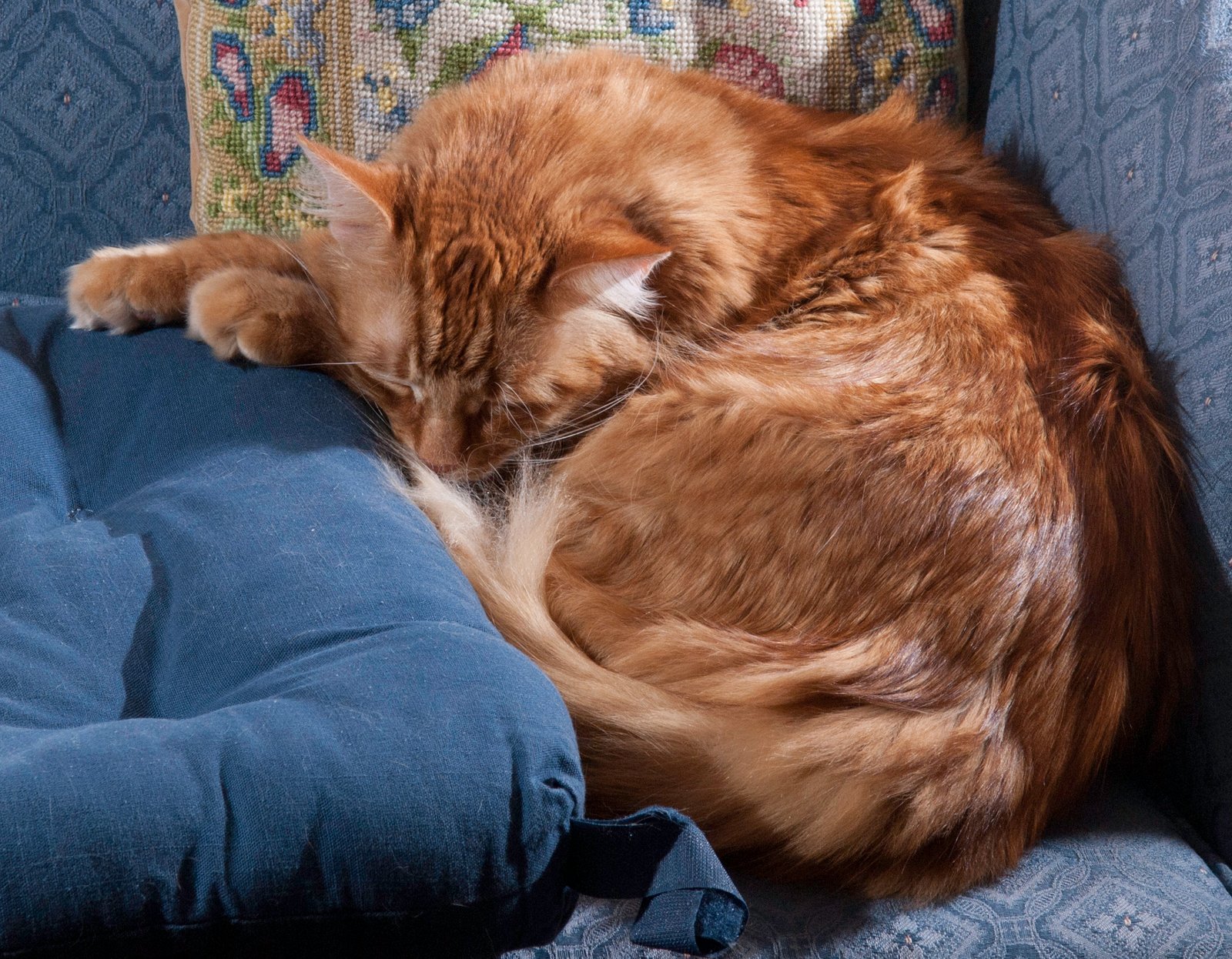
Preparation is key when introducing a new member to the family. Start by gradually changing your cat’s routine before the arrival. If you plan to move furniture or create new spaces for the baby or pet, do it slowly. This gradual adjustment helps your cat acclimate without overwhelming them. Think of it as giving your cat time to adjust to a new rhythm – like getting used to a new bedtime.
Creating Safe Spaces
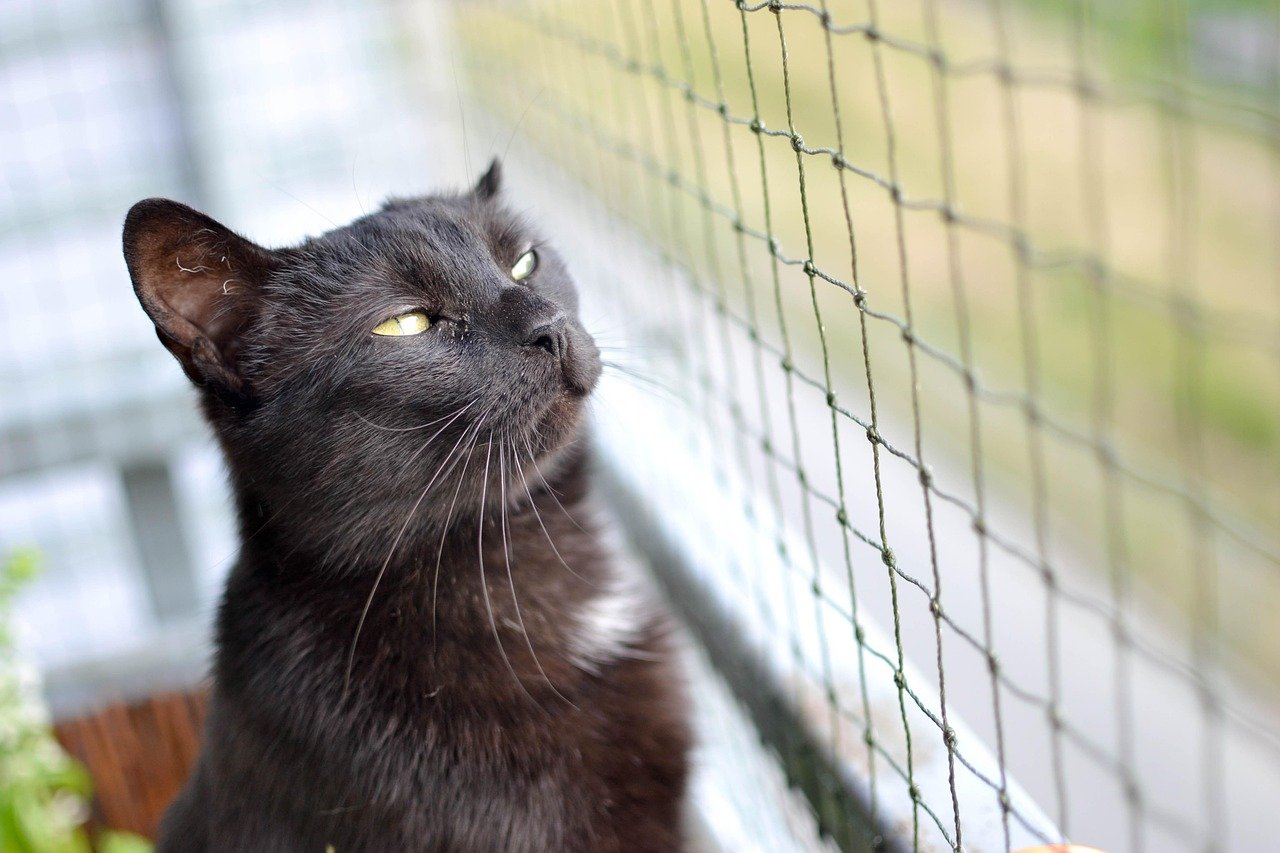
Ensure your cat has a safe and quiet space to retreat to whenever they feel overwhelmed. This can be a cozy bed in a quiet room or a perch up high where they can observe without being disturbed. Providing this sanctuary is akin to offering a comforting retreat after a long day – a place where your cat can feel secure and at ease.
Introducing New Scents

Cats rely heavily on their sense of smell, and new scents can be jarring. Before the new arrival, introduce your cat to the baby’s lotion or the new pet’s bedding. This step helps familiarize them with the scents before they meet the new family member. It’s similar to how we feel more comfortable meeting someone for the second time because their face is familiar.
Gradual Introductions

When the big day arrives, ensure that introductions are gradual and under control. Allow your cat to observe the new addition from a distance before getting closer. It’s like meeting a new colleague – you wouldn’t want to start with an intense conversation before a friendly hello. This method respects your cat’s pace and comfort level.
Maintain a Routine

Consistency is comforting for cats. As much as possible, keep their feeding, playtime, and grooming schedules unchanged. A stable routine provides a sense of normalcy amidst the changes. Imagine trying to maintain your workout routine during a hectic week; it offers a slice of normal life in chaos.
Positive Reinforcement

Reward your cat with treats and praise when they exhibit calm behavior around the new baby or pet. Positive reinforcement encourages good behavior and helps them associate the new addition with positive experiences. It’s like receiving a bonus at work for completing a challenging project – motivation to continue the good work.
Monitor Interactions

Supervise all interactions between your cat and the new family member initially. This supervision ensures that both parties are safe and comfortable. Think of it as being a lifeguard at a pool, ensuring everyone plays nicely and safely in the water.
Encourage Playtime

Engage your cat in interactive play to alleviate stress and expend energy. Playing with your cat can help redirect any negative feelings and reinforce your bond. It’s akin to going for a run to clear your mind and relieve stress.
Understanding Body Language

Learn to read your cat’s body language to gauge their comfort level. Signs of stress can include flattened ears, a flicking tail, or hiding. Recognizing these signals is like understanding the subtle cues in a conversation that tell you when someone is uncomfortable.
Using Calming Aids
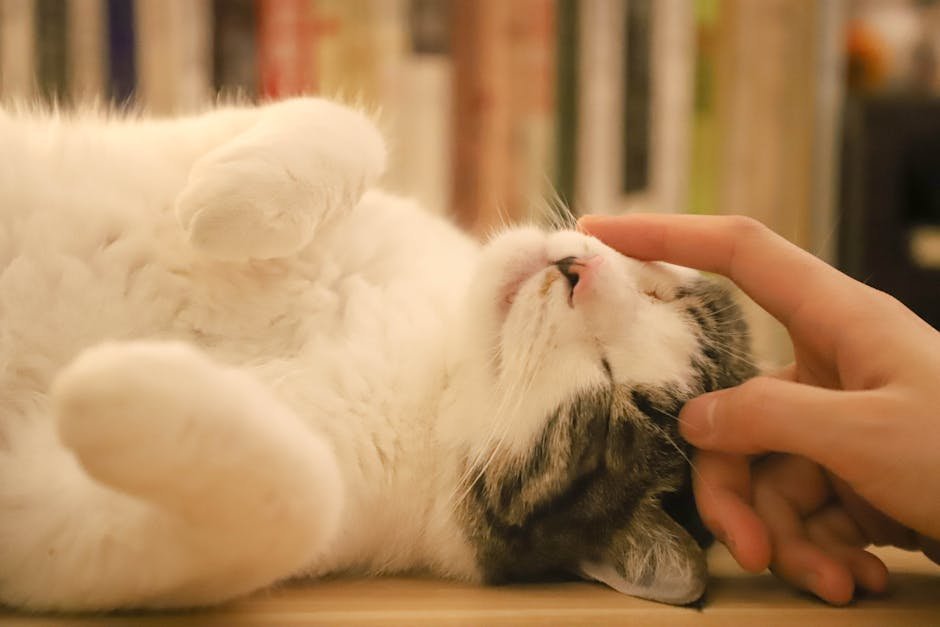
Consider using calming aids such as pheromone diffusers or sprays. These products can help mimic the calming pheromones cats naturally produce, providing comfort in stressful situations. It’s like lighting a scented candle to create a relaxing atmosphere after a long day.
Providing Vertical Spaces

Cats love to climb, and providing vertical spaces like cat trees or shelves can offer an escape route when they need it. These elevated areas give them a sense of control and security. Think of it as having a balcony view where you can watch without being in the thick of things.
Introducing New Toys

New toys can serve as a distraction and provide mental stimulation for your cat. Choose toys that mimic prey behavior to engage their hunting instincts. It’s like giving a child a new puzzle to focus on, diverting their attention from stressors.
Ensuring Personal Time
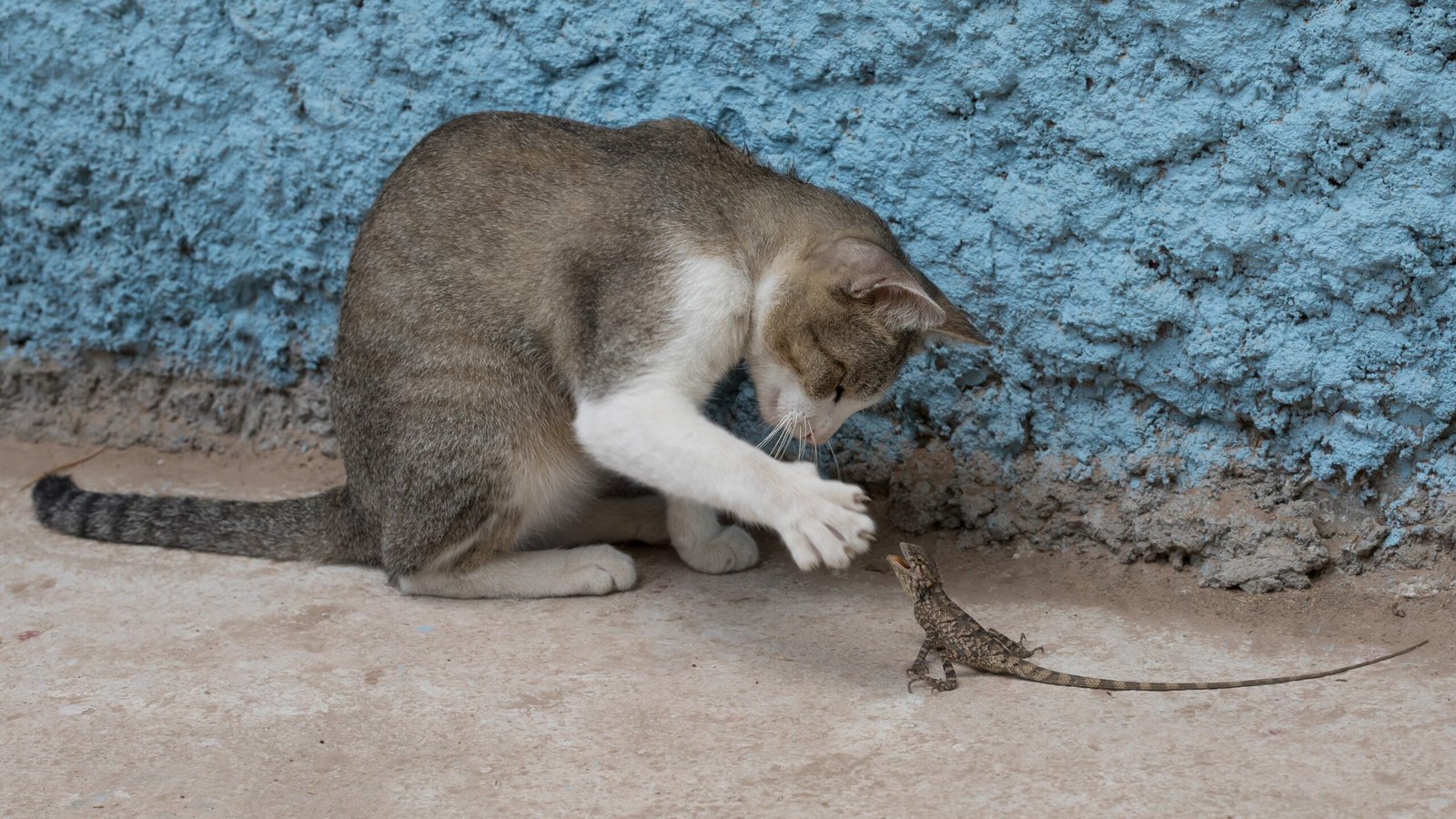
Spend dedicated one-on-one time with your cat to reinforce your bond. This attention reassures them that they are still loved and valued. Consider it akin to having a date night to reconnect with your partner amidst a busy schedule.
Seeking Professional Help
If your cat continues to struggle with the transition, consider seeking advice from a veterinarian or animal behaviorist. Professional guidance can provide tailored strategies to help your cat cope. It’s like consulting a therapist for personalized support during challenging times.
Being Patient and Understanding

Lastly, practice patience and understanding throughout the process. Adjusting to a new family member can take time, and every cat will react differently. Remember that patience is a virtue, much like waiting for a plant to bloom after careful nurturing.
Recognizing Signs of Stress
Be vigilant for signs of stress such as changes in appetite, excessive grooming, or aggression. Understanding these signals allows you to address issues before they escalate. It’s like noticing the first signs of a cold and taking action to prevent it from worsening.
Encouraging Socialization
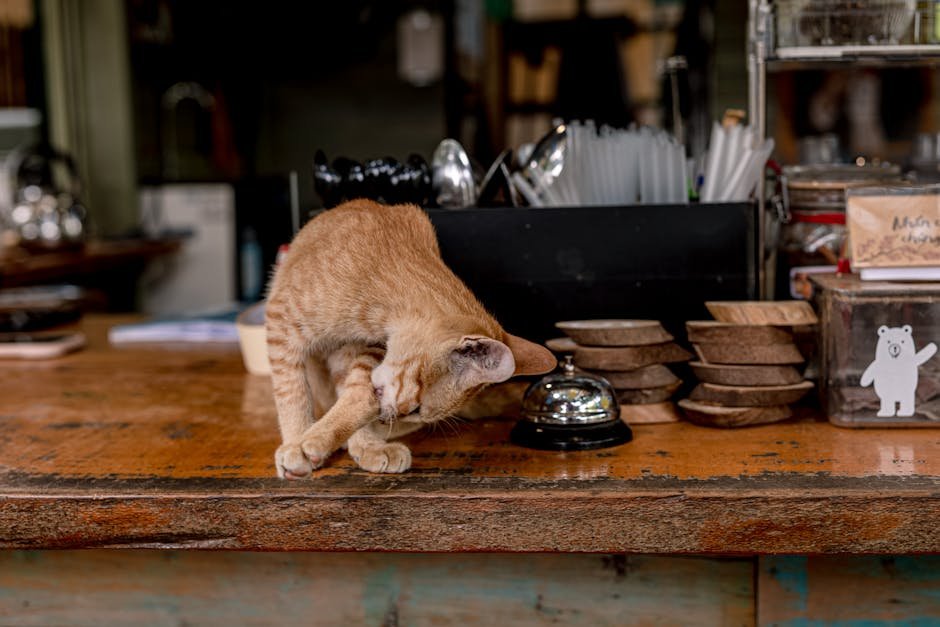
Encourage positive socialization by allowing your cat to approach the new family member at their own pace. This gradual approach builds trust and reduces anxiety. It’s similar to warming up to a new friend through shared experiences over time.
Reinforcing Boundaries

Establish clear boundaries for both your cat and the new addition. This clarity helps prevent misunderstandings and fosters a harmonious environment. Think of it as setting house rules that everyone in the family respects.
Celebrating Small Wins

Celebrate small milestones in your cat’s adjustment process. Whether it’s a calm interaction or a playful moment, acknowledging these achievements can boost morale. It’s like celebrating a small victory at work that motivates you to keep pushing forward.
In conclusion, helping your cat adjust to a new baby or pet involves understanding, patience, and a lot of love. By taking proactive steps and providing support, you can ensure a smooth transition for your feline friend, making your home a happy place for all its inhabitants.
Hi, I’m Bola, a passionate writer and creative strategist with a knack for crafting compelling content that educates, inspires, and connects. Over the years, I’ve honed my skills across various writing fields, including content creation, copywriting, online course development, and video scriptwriting.
When I’m not at my desk, you’ll find me exploring new ideas, reading books, or brainstorming creative ways to solve challenges. I believe that words have the power to transform, and I’m here to help you leverage that power for success.
Thanks for stopping by, Keep coming to this website to checkout new articles form me. You’d always love it!






